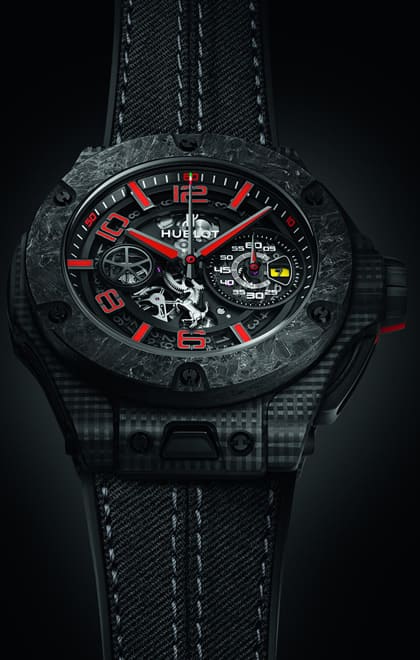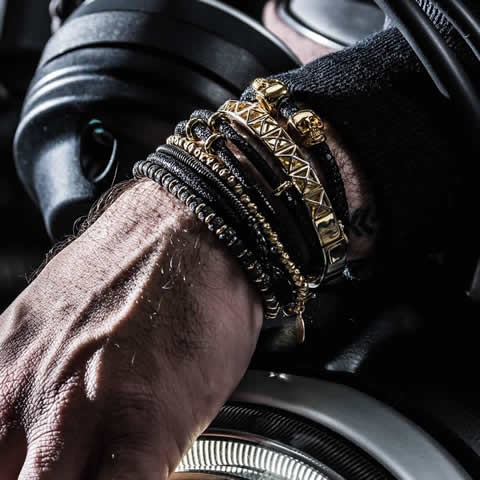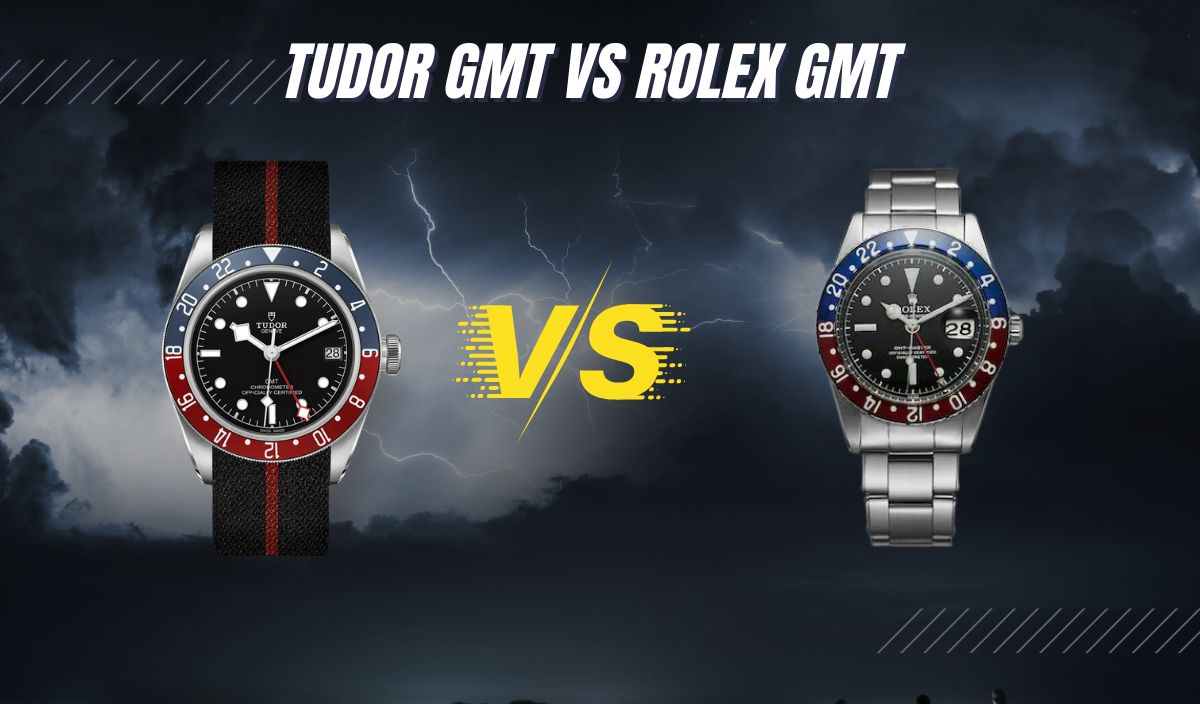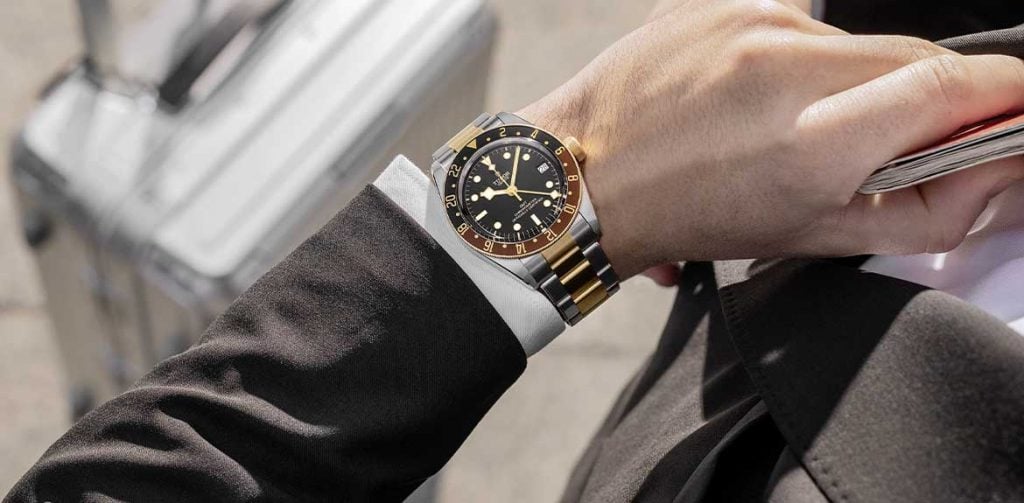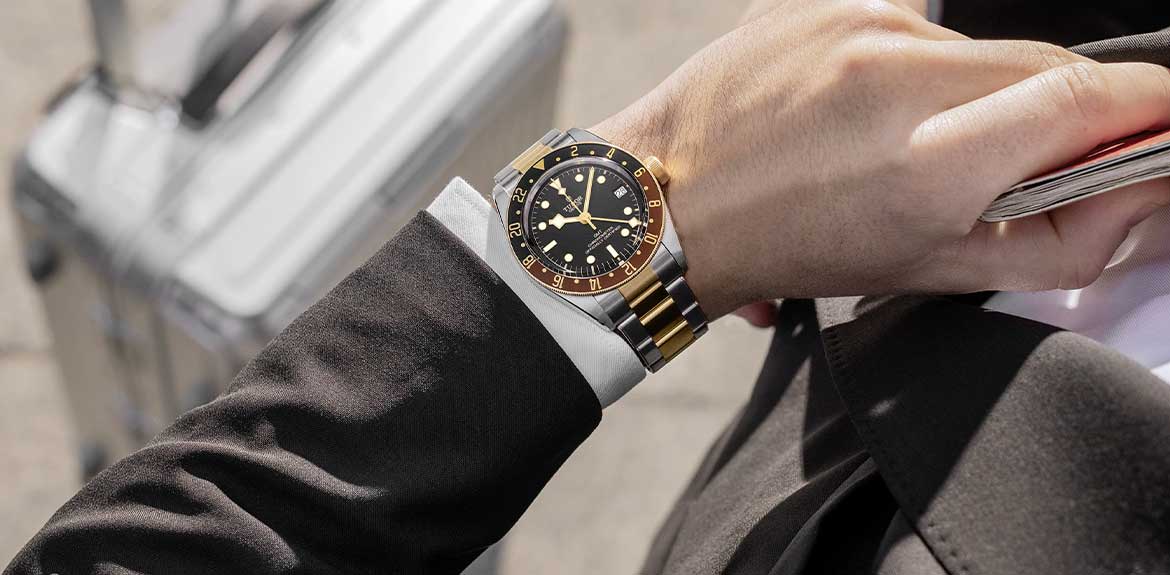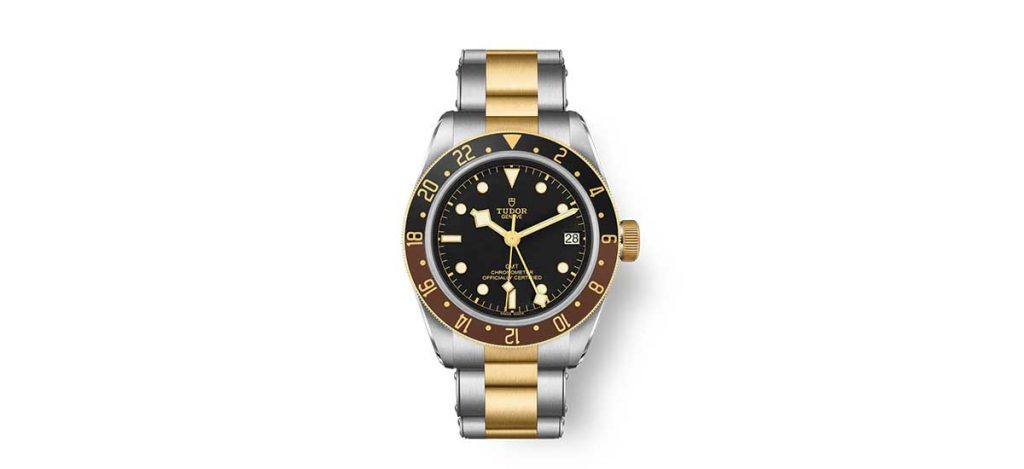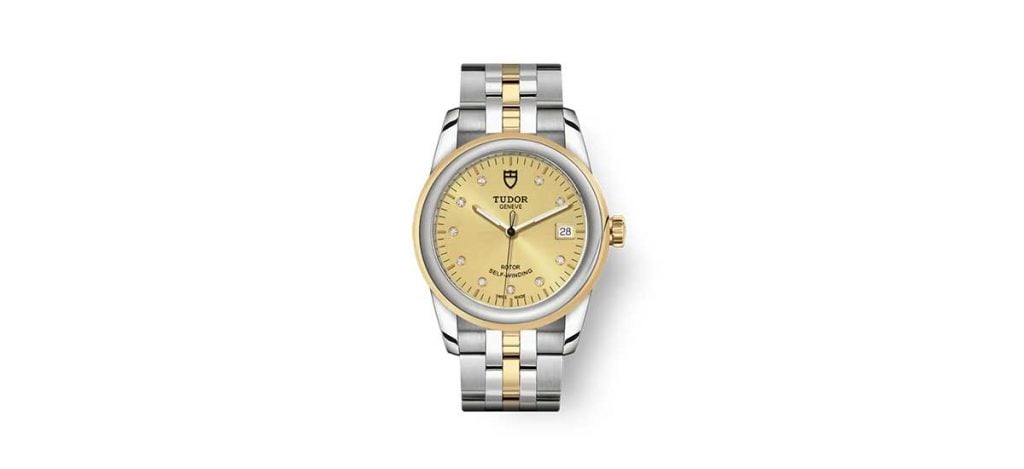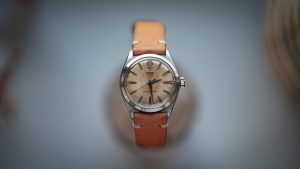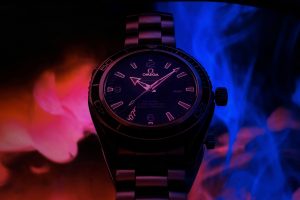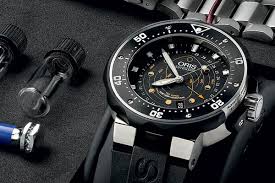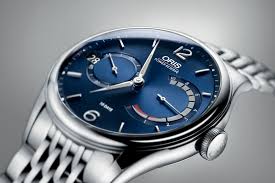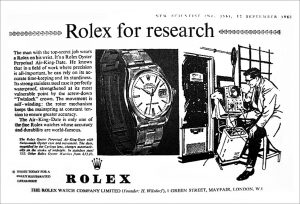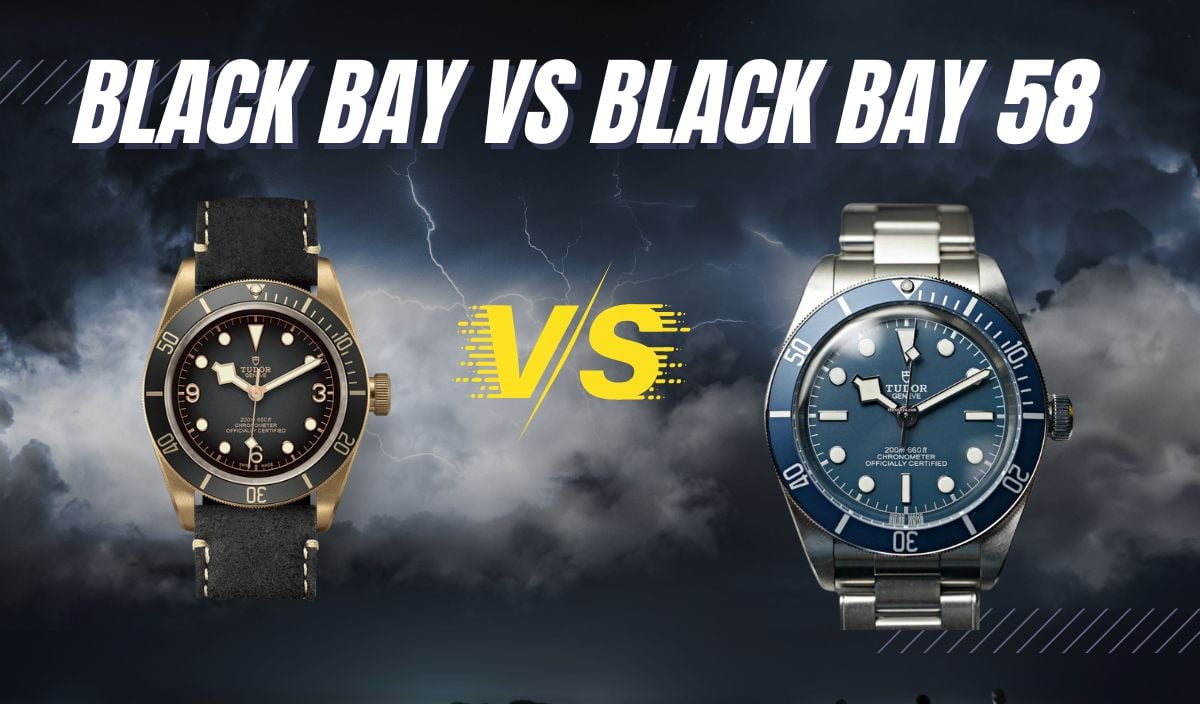
The watch you wear serves a higher purpose than just being an accessory that tells time. If the ability to tell the time was all we wanted from a watch, it would not matter if we grabbed a cheap one from a street shop as long as it served this purpose. A watch has personality. It defines the wearer – You. It should showcase your elegance, your evolved outlook in life, and your classy personality.
In this article, we explore two classic watches from Tudor, the black bay 58 and its predecessor, the black bay. Both are vintage watches that fit perfectly within that description. The Tudor Black bay watches are classics designed for people who appreciate elegance, functionality, and durability wrapped in a classy accessory.
The Black Bay vs. Black Bay 58
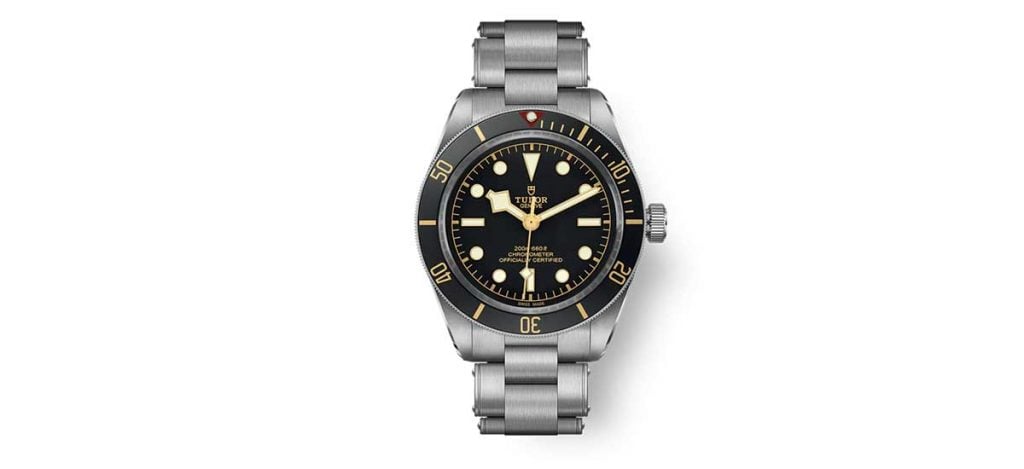
Tudor stirred luxury watch lovers with the release of the Black Bay watch in 2012. The watch was seen as an effort to reincarnate the classic diving watch, the 7922 Tudor Submariner. However, the hype was short-lived, with new entrants competing in the same category (notably the Rolex GMT) being released around this time as well.
The Black Bay 58 was a reprieve for Tudor, with evident improvement from its older sibling. With the heightened attention that went to this watch, it was evident that Tudor must have done something right with the 58.
For starters, the deviation from the norm of the bigger the better startled the luxury dive watches industry – but it got the buyers excited and that was all that mattered. Things were about to change. The 58 came with a compact case that was in contrast to what was expected of a luxury dive watch of its caliber.
After the Black bay 58 watch was released at Baselworld in 2018, it became an instant success. In so many ways, it was also an improvement of the 1954’s submariner. Tudor’s Black Bay watches are renowned for their durability. The submariner was identifiable by its black colorway, large crown, and gilt markings. The Black Bay 58 watch was designed for the modern man.
Sure, it may have borrowed several design elements from the submariner but when placed side by side, there is no doubt that the 58 is contemporary, well-crafted, and poised to enjoy all the webbings of modern society while wrapped around a modern man’s wrist.
The watch combines vintage functionality with style – something many watch enthusiasts resonated with. This watch was an upgrade and improvement from the original Black bay in every sense. The size, movement, quality, diversity, design, and accuracy of the 58 was enhanced to provide comfort at a reasonable price point. With this watch, you get all the trappings of a modern classic without breaking the bank.
Color variations between Black Bay and Black bay 58
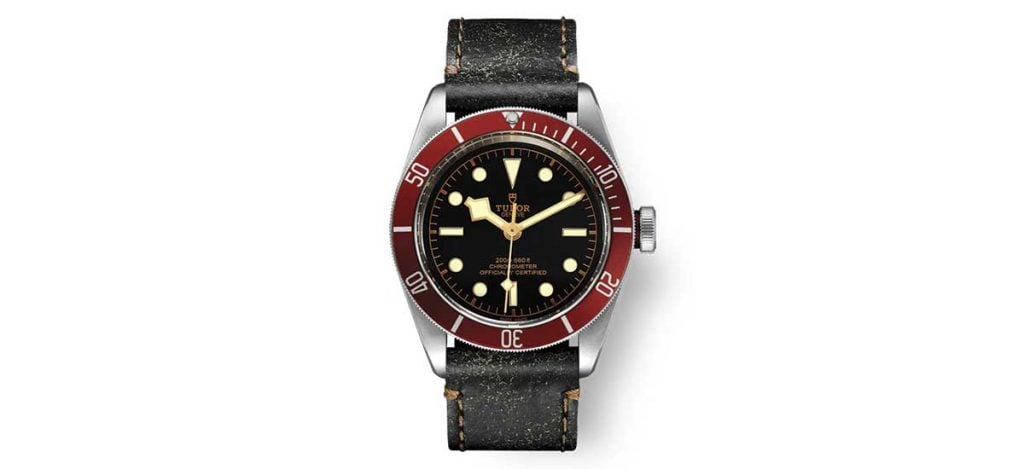
One striking feature that made the 58 popular is the creation of different variants featuring different colors and case materials. The black bay 58 blue variants have been the most successful to date, followed closely by the rare black edition. The watch also comes in red, black, green, steel, bronze, black, and Chrono. Others may come in custom colors depending on the client’s tastes and preferences.
The case design between Tudor Black Bay and Black Bay 58
Not much distinguishes the 58 from the original black bay model in terms of case design- apart from the size. They have the same build, although the 58 is a bit shrunken. They both take after the older Tudor submarine’s design.
The crown guards in the submariners seem more complex than those on the 58, with more detailed bezels in their architectural design. The 58 does not have crown guards. Expect scratches if you will wear this watch occasionally.
The compact size of the Black bay 58 seems more stylish (at 39mm diameter) compared to the Black Bay Watch (at 41mm diameter). This is a 5% reduction in size. The 2mm difference may not seem much to a layman, but it does affect the comfort and sleek look of the watch.
In terms of flanks, there is a whopping 18.3% difference in height in Tudor black bay 58 vs Rolex submariner. Black bay 58 flanks are 6.45mm tall against the submariner’s 5.45mm. A 1mm difference can affect a watch’s design immensely.
The case size in the Black Bay 58 is not accidental. The inspiration to reduce the case to this specific size came from some of the best watches ever made. We are talking about the Omega Speed master (1957) and the Royal Oak (1972).
The finishing on both watches is identical. They both have stainless steel polished finishes on the sides of the case. The top of the lugs has a satin finish. The Black Bay has a date functionality at the 3 o’clock position as well as a fourth hand.
Weight comparison between Black Bay and Black Bay 58 watches
Black Bay is considerably heavier than the 58 at 177g when adjusted to a rest wrist length of 6.5 inches. The 58 watch is at 137g when adjusted to the same length. This is about a 25% difference and it can affect how the watch lies flush to the arm.
To place this into perspective, the famed Rolex submariner watch is at 148g while adjusted to the same rest wrist length – and this is one of the best watches ever made. Both Black Bays are comfortable on the wrist irrespective of the Black Bay being a bit heavier.
The Black Bay watch also has a noticeably larger crown than the 58 but this does not affect the watch’s comfort and functionality. The thickness of the Black Bay 58 is 12mm while the Black Bay’s thickness is 14.7mm thick. This makes the 58 lies flatter/flush on the surface of the wrist.
Dial and Bezel for Black Bay 58 and Black Bay
The black Bay 58 has a uni-directional 60-click bezel that makes comforting crispy sounds with no back play. The Black Bay is a bi-directional 60-click bezel. Both bezels are fixed expertly in place. The Black Bay’s bezel is slightly harder to turn. You have to press on it first. The bezel inserts on both watches are made of stainless steel.
The Black Bay comes with a 2-tone look (red and blue). The blue tone seems darker when you look at the watch in person than when looking at the picture of the Black Bay (It almost looks black in low light). The Black Bay 58’s bezel is black with gilt writing. The triangle at the zero position has a lume pip. There are minute increments from 0 to 15 on the 58, and then 5-minute increments thereafter.
The teeth on Tudor’s bezel are not pronounced, and although they add a level of sleekness to the watch, this may prove to be a slight design flaw. Imagine trying to wind the bezel with neoprene gloves during a dive, or with cold hands. The bezel grasp is not as great as the one on a Rolex submariner, or the predecessor 1950s Tudor submariner watch but it is still very functional.
Movement and accuracy of the Black Bay and Black Bay 58
The movements of both the black bay 58 and the older black bay watches are powered by Kenissi. The MT5402 calibration found inside the Black Bay 58 is smaller (at 26mm) compared to the one in MT5602 designs (at 31.8mm). The smaller calibration does not show balance wheels underneath.
Both watches have 70 hours of power reserve and an accurate, COSC-certified plus or minus 2 seconds per day. The mechanical movements for both watches beat at 28,800 vibrations per hour. Most people who have owned these watches for a long time say that these watches are accurate to the hilt.
The only slight hitch noted (especially with the early releases of the Black Bay models) was that the date wheel was not changing on time. This glitch was resolved in subsequent releases.
The bracelet design
Both Tudor black bay watches have excellent steel bracelets. The design borrows heavily from their predecessors as well as the Rolex watches. The Black Bay lug width is 22mm while the 58 is 20mm. The 2 extra millimeters add to the bulkiness of the Black Bay watch.
These extra 2mm are part of the changes that lead to the increment of the Black Bay – and probably affect how the watch lies on your wrist. The Black Bay watch has a 50mm distance between one lug to the other while the 58 watch has a 47.5mm distance.
The clasp of the Black Bay is also longer at 19.83mm against 17.95mm of the 58. Both watches have step-tapering solid links as opposed to the gradual tapering we often see in most watch brands. The clasps are identical on both watches.
They have fracture-resistant locks on both watches with 3 micro-adjustments to fit almost any wrist size. The clasps open the same way and the guards have the Tudor logo on both watches.
Lume on Black Bay 58
Both Black bay watches have excellent luminous dials. When you place them in the dark, they have a green glow that lasts quite a while. The 58 has a darker glow compared to the Black Bay but the difference is almost negligible. When you place the two watches side by side, you will immediately notice that the green glow accentuates the size of the dials and hour markings. The 58 has larger markings than the Black Bay.
Water resistance
Both watches have up to 200 m of water resistance capacity. There is a lume pip at the zero mark on the 58 that allows divers to tell the time in the dark. The Black Bay does not need this as it was not designed as a diver’s watch.
FAQs on Black Bay and Black Bay 58
The red-colored hand in the Black Bay watch makes a single rotation every 24 hours. You will notice that the watch has two colors on the bezel. These colors differentiate between hours and days. The numbers in the red section of the bezel represent day hours while the ones on the blue bezel represent night hours.
The red hand is meant to be set as the ‘home’ reference time. This means that if you travel somewhere, you can always tell the local time at your present location.
-Unscrew the winding crown – The watch is automatic but it can also be manually wound.
-Pull the crown all the way – There are three levels of winding up a Black Bay watch. In the first level lest you adjust the local hour hand and the date. The second level lets you adjust your preferred local time.
No. The mechanisms for winding on the Tudor watch allow for excess tension to be released as you continue winding.
Yes. The black bay black is the rarest of the black bay edition of the modern Tudor watches ever made. Originally, Tudor only made the red version of the black bay watch. They later expanded to produce the blue edition and then the most desirable edition-the black bay black.
Tudor overhauled this black bay black line and ceased production. With the Tudor black bay 58 discontinued, the demand rose and this made the watch a classic among collectors.
The Tudor Black Bay watch came out in 2012. It debuted at Baselworld.
The most probable answer is yes, the Tudor black bay watches will probably hold their value over time. However, it may not be advisable to buy a watch as an investment because you never know what will happen in the future. Sure, some classics (such as the Rolex submariner) have held their value over time, especially within watch collectors’ circles but no one can guarantee that this would happen for modern watches.
Conclusion
Tudor Black Bay watches provide the comfort, functionality, and class many vintage watch enthusiasts have come to love. Both have a lot to bring to the table, and what you choose really depends on your preference.
If you love large watches, you would enjoy the Black Bay. It has all the trappings and elegance that come with being a Tudor. Noting that Tudor borrows heavily from Rolex in their designs, you can expect the watches to have the best quality.
The Black Bay 58 was the highlight of the Tudor Black Bay edition. It is a compact dive watch that has won the hearts of many watch lovers all over the world. It fits snugly on your wrist and the uni-directional bezel movement makes it a great companion as daily wear for the modern, complex man. Both watches run great and have 70 hours of power reserve.
As discussed in this article, both watches have rich features that will serve any purpose you may have. It all comes down to your preference and probably the cost. Whichever one you choose, you are guaranteed to have a wholesome experience.

